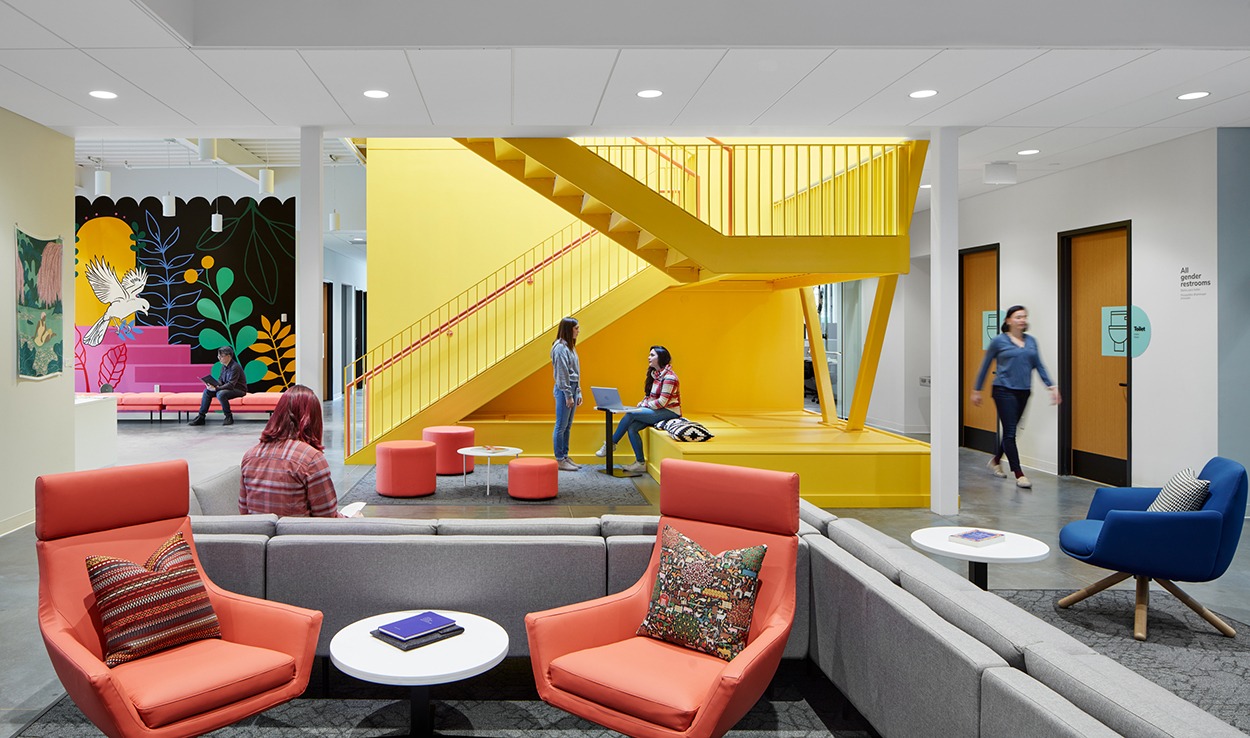
Not surprisingly, many of you have strong opinions about this and posted comments on this blog and my LinkedIn updates. In case you didn't see those comments, here's a few:
Barbara Lyons Stewart, Lyons Stewart Architects
I agree with Kirk [Hamilton] that the terms "evidence-based, evidence-informed and research-informed" could / should be used interchangeably and should all funnel back to The Center for Health Design and its EDAC program.
In my opinion, creating various levels just weakens the concept. Evidence-informed could be interpreted as "EBD-light."
Research-informed could be interpreted by any architect or designer to mean what their personal research and past experience has shown which might have nothing at all to do with quantifiable studies or objective research.
Marc Sansom, SALUS Global Knowledge Exchange
I believe the use of research-informed design in particular was considered more appropriate by some researchers critical of EBD over difficulties of developing truly conclusive evidence in environmental design due to the sheer number of variables in any scientific study.
The use of "research-informed" is a way of recognising the value of research but understanding that it is not conclusive and that the art of design to interpret the contextual variables are critical too.
This is particularly true in international contexts where evidence in the U.S. may not be relevant in Africa for example. But the U.S. based research in such an example may still be valuable to "inform" a design in Africa, without being prescriptive.
Some may see this as semantics but I think the subtle distinction is important.
Giuseppe Lacanna, Architect, Researcher
If the industry wants to speculate on the terminology of evidence-based design, it should be very well aware of the fact that research outcomes and clear data have to be put on the table and publicly shared with the scientific community.
If that is not the case, it is wiser that the industry refers to "evidence-informed design" or whatsoever terminology. The scientific community will defend firmly this position, since we are encountering continuous difficulties in establishing what is meant to be a new scientific discipline.
This is what evidence-based design is.
We all know about contact with nature, daylight, noise reduction, etc. The scientific community behind the discipline of evidence-based design is attempting to go further those concepts.
However it takes time, money and effort. The industry should learn from the academic modesty and transdisciplinary cooperating approach before coining terms and selling research/evidence-informed products as "evidence-based."
Do you agree or disagree? Add your voice to the dialogue! Post a comment below.
P.S. Please do me a favor -- if you liked this post and like this blog, please share it with others by sending them the link and/or post it on your Twitter, LinkedIn, or Facebook, etc. Also, don't forget to subscribe, so you'll get emails when new content is posted. Thanks!






